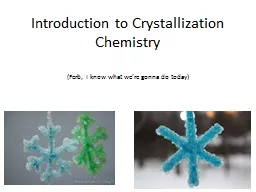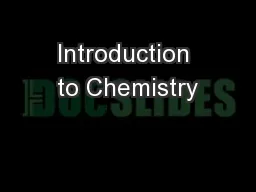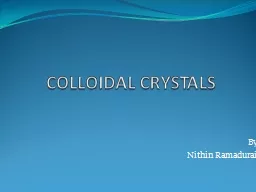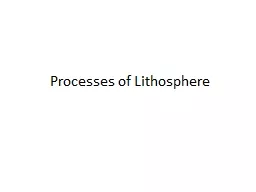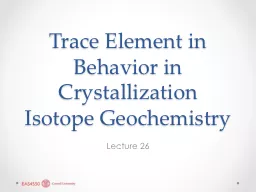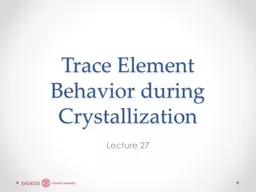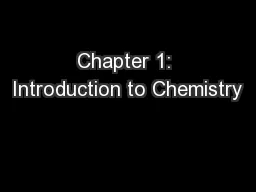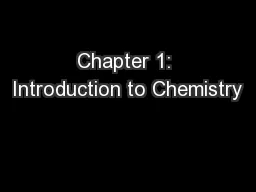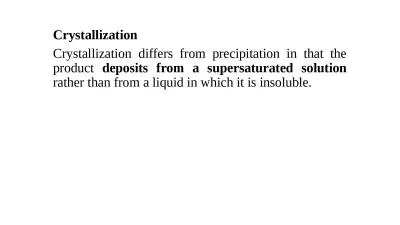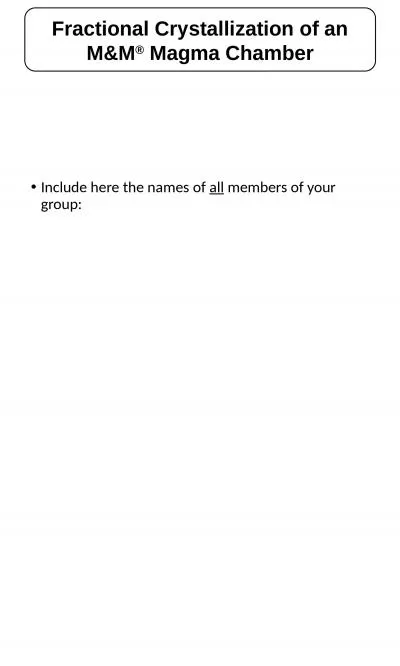PPT-Introduction to Crystallization Chemistry
Author : pasty-toler | Published Date : 2015-11-18
Ferb I know what were gonna do today Crystallization Crystals are forms of solid matter that have ordered structures Crystals often appear in a clearly geometric
Presentation Embed Code
Download Presentation
Download Presentation The PPT/PDF document "Introduction to Crystallization Chemistr..." is the property of its rightful owner. Permission is granted to download and print the materials on this website for personal, non-commercial use only, and to display it on your personal computer provided you do not modify the materials and that you retain all copyright notices contained in the materials. By downloading content from our website, you accept the terms of this agreement.
Introduction to Crystallization Chemistry: Transcript
Download Rules Of Document
"Introduction to Crystallization Chemistry"The content belongs to its owner. You may download and print it for personal use, without modification, and keep all copyright notices. By downloading, you agree to these terms.
Related Documents

